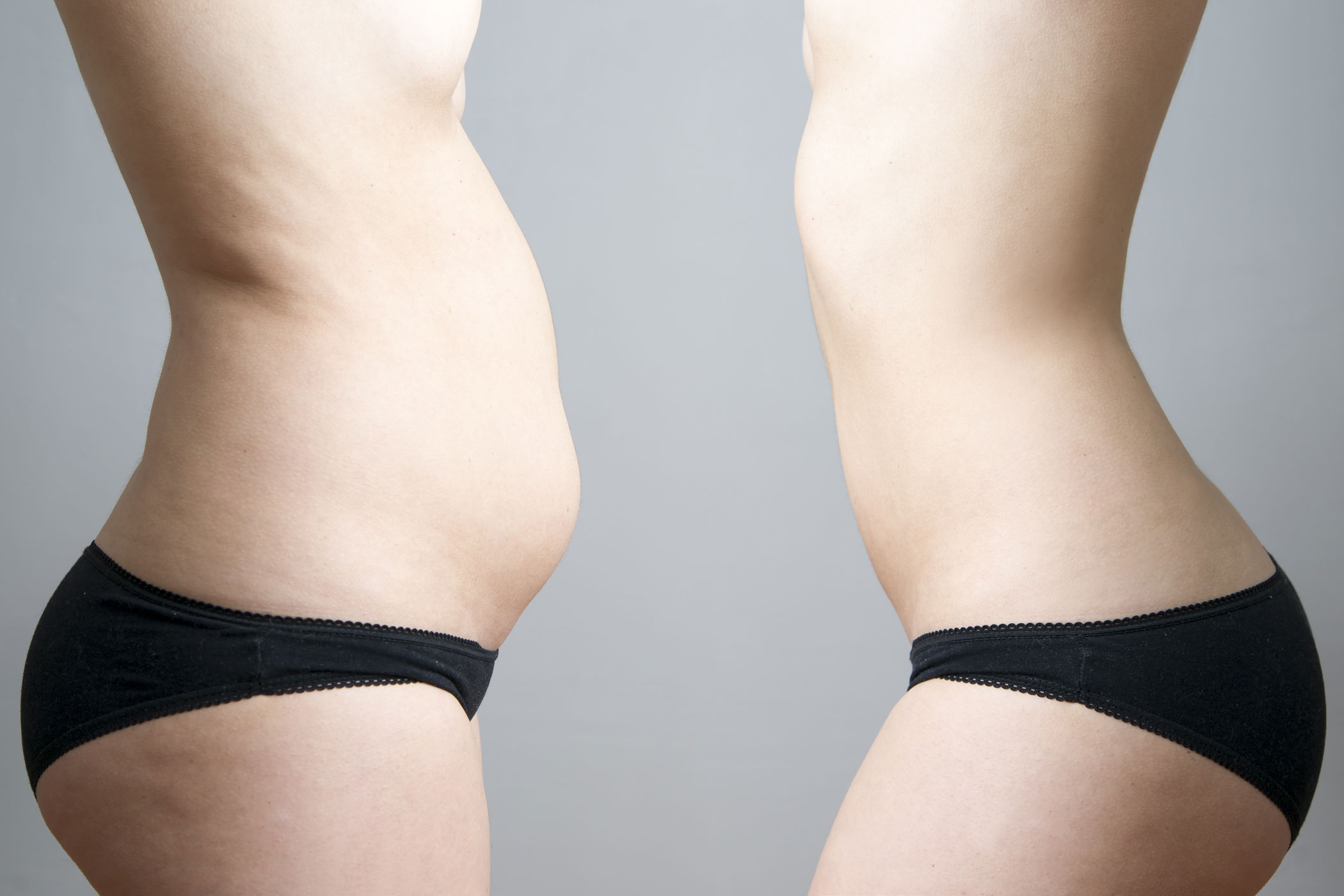Embracing our uniqueness makes each of us special, but sometimes, the intimate aspects of our bodies lead to more questions than confidence. Ever wondered if there’s a ‘perfect’ situation for “down there”?
Spoiler alert: There isn’t! But labiaplasty is an attractive option for those seeking comfort, confidence or a touch-up in their most personal areas. Let’s demystify this transformative procedure together!
What is Labiaplasty?
Labiaplasty is a surgical procedure focused on the reshaping or resizing of the labia minora or majora, a treatment for women looking to address functional concerns or enhance aesthetic appeal.
At New Reflections Plastic Surgery, we pride ourselves on understanding our patients’ unique needs and aspirations. The motivations behind labiaplasty are as varied and individual as the women seeking the procedure. Understanding the ‘why’ behind the decision ensures that the process aligns with a woman’s true desires and provides an outcome that enhances both her physical and emotional well-being.
Understanding the Motivation for a Labiaplasty
The choice to undergo cosmetic or reconstructive surgery is deeply personal, and the motivations can vary widely from person to person. Labiaplasty, a procedure centered on the female genitalia, is no exception. It’s crucial to note that the reasons are multifaceted, often intertwining medical, aesthetic, psychological and emotional factors.
Here are some reasons why women consider labiaplasty:
1. Physical Discomfort:
Some women experience physical discomfort due to elongated or irregular labia. Activities like cycling, running or even walking can cause chafing or irritation. For others, wearing tight-fitting clothes, swimsuits or lingerie can lead to discomfort or self-consciousness.
2. Sexual Discomfort and Functionality:
An elongated labia can sometimes cause pain or discomfort during intimate activities. This physical impediment can subsequently affect a woman’s sexual confidence and enjoyment.
3. Aesthetic Concerns:
Just as individuals have preferences about the appearance of other body parts, some women have aesthetic concerns about their genitalia. They may feel that their labia is not in proportion with the rest of their body or seek symmetry if one side is longer.
4. Aging and Childbirth
With age, and especially after childbirth, the labia can change. This might lead to elongation, volume loss, or a change in shape. For some women, seeking a labiaplasty post-childbirth is about reclaiming their pre-pregnancy body and enhancing their confidence.
5. Psychological and Emotional Well-Being:
Feelings of embarrassment, shame or self-consciousness about one’s body can have profound psychological impacts. If a woman is distressed about the appearance of her labia, it can affect her self-esteem and mental well-being. For some, labiaplasty is a way to improve their body image and boost confidence.
6. Cultural or Personal Beliefs:
Some cultures or communities might have aesthetic ideals or standards regarding female genitalia. While it’s essential to approach such norms critically and ensure one’s decision is personal rather than imposed, they can influence some women’s choices.
7. Revision or Correction:
In rare cases, women may seek labiaplasty to correct or improve the outcomes of previous genital surgery or to address complications from other procedures.
Choosing the Right Technique
Some women seek labiaplasty for purely aesthetic reasons, while others seek relief from physical discomfort during activities like cycling, sexual intercourse or even tight clothing. Understanding your motivation behind seeking the procedure can guide the choice of technique. The decision to undergo labiaplasty is deeply personal, as is the combination of techniques chosen. The ones best suited to you will hinge on your anatomical structure, desired outcomes and any specific concerns you might have.
Here’s a list of the diverse labiaplasty techniques to offer a tailored approach to feminine rejuvenation.
1. Trim Technique:
One of the most conventional methods, the trim technique, involves removing excess tissue from the edges of the labia minora. This method is straightforward and often recommended for those experiencing irritation due to elongated labia. Post-procedure, the scars are typically well-concealed at the edge of the labia.
2. Wedge Technique:
Rather than trimming the labial edges, the wedge method removes a V-shaped piece of tissue from the central part of the labia minora. Then, the remaining tissue is sutured together. This technique maintains the natural border of the labia and can provide a more subtle and organic appearance.
3. Central Wedge Resection with Superior Pedicle Flap:
A refined variant of the wedge technique, this approach removes a wedge of tissue. It uses a flap-based method to preserve the typical wrinkling and coloring of the labia’s edge. This can provide an even more natural look post-operation.
4. De-epithelialization:
In this method, the epithelial tissue on the labia is delicately removed while preserving the inner tissue layers. This approach can reduce the volume of the labia without drastically changing its length.
5. Labia Majora Augmentation:
For some women, the concern might not be about reducing but enhancing the volume of the labia majora. This can be achieved through fat grafting, where fat is harvested from another part of the body and then carefully injected into the labia majora.
6. Clitoral Hood Reduction:
In cases where the skin around the clitoris (clitoral hood) appears excessive or protruding, a clitoral hood reduction can be done either as a standalone procedure or in conjunction with a labiaplasty.
Take One Step Closer to More Feminine Confidence at New Reflections in New Jersey
If you’ve been contemplating labiaplasty or wish to understand how this procedure could benefit you, we invite you to take the next step. Labiaplasty, like any surgery, should not be approached lightly. The choice of technique, the surgeon’s skill and the post-operative care all play crucial roles in determining the success and satisfaction of the procedure.
Dr. Nikesh Patel believes that the journey to self-enhancement is not a single event but a continuum of care and understanding. From the initial consultation to the diligent follow-ups, Dr. Patel remains committed to ensuring your comfort, safety and satisfaction.
Contact New Reflections Plastic Surgery by clicking here or calling (732) 354-3792 today to schedule your consultation with Dr. Patel. Embrace the opportunity to discuss your aspirations and concerns and embark on a transformative journey where you are seen, understood and cared for every step of the way.












